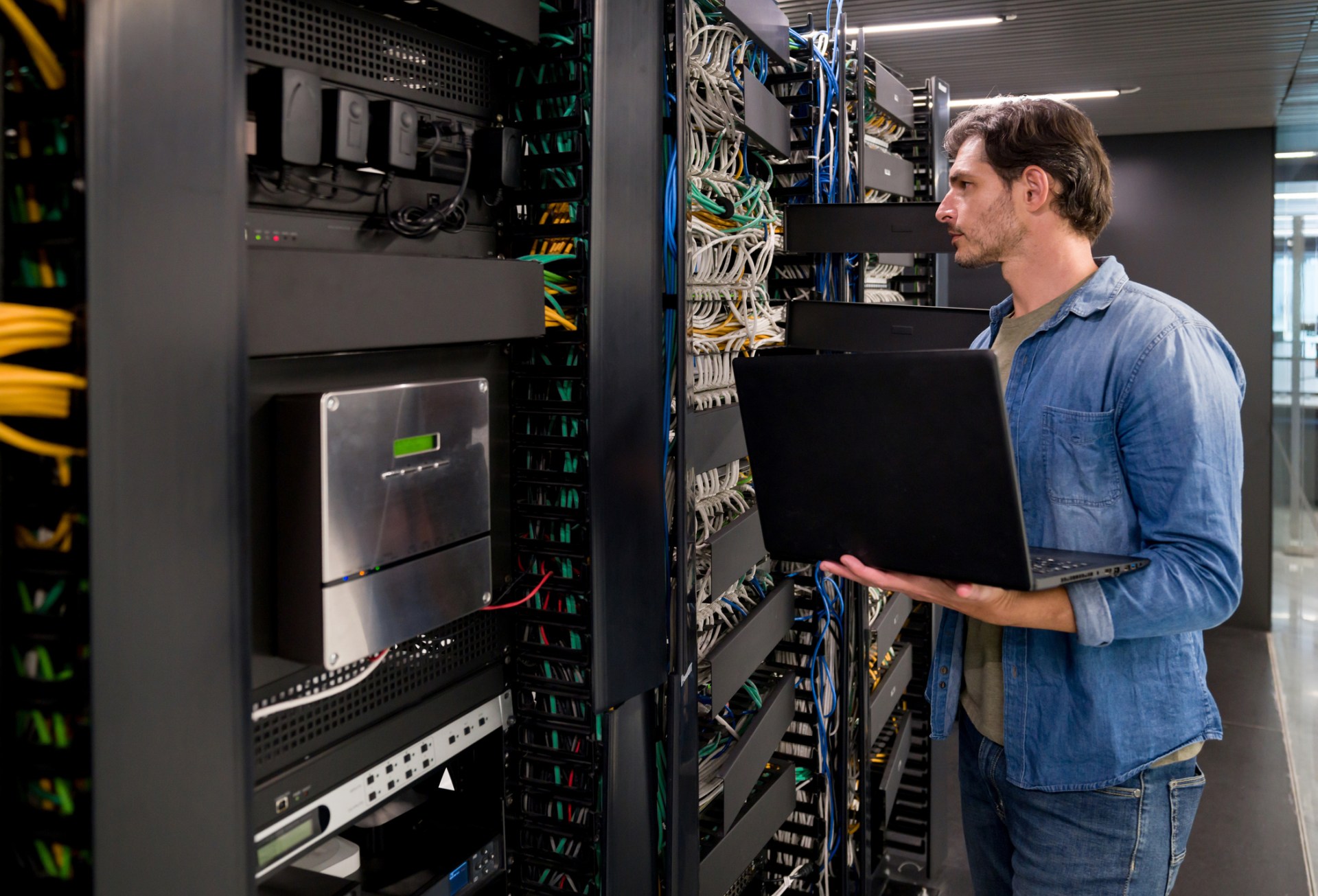
Interconnection often plays a key role in ensuring successful hybrid IT connectivity. This means that the future of interconnection is likely to have a strong influence on the future of hybrid IT connectivity and, by extension, business operations. With that in mind, here is a quick guide to some developing trends that look set to shape the future of interconnection.
In IT, the term “interconnection” refers to the process of linking various computing devices and networks to enable them to communicate and share information seamlessly. It involves the establishment of connections and protocols that facilitate the flow of data between different systems, allowing them to work together cohesively.
Interconnection plays a crucial role in creating integrated and efficient IT ecosystems. It is essential for supporting tasks such as data sharing, resource optimization, and collaborative computing across diverse platforms and environments. This is why the future of interconnection is likely to have a strong influence on the future of hybrid IT connectivity.
The term “hybrid IT” refers to a computing environment that combines private and public infrastructure. Traditionally, this meant on-premises infrastructure and the public cloud. Now, the private element of a hybrid IT deployment could be implemented through colocation and/or the use of dedicated third-party servers.
However a hybrid IT system is implemented, the underlying principles behind it are much the same. The private infrastructure provides control and cost-effectiveness when processing large volumes of data. The public infrastructure provides scalability and flexibility.
As a rule of thumb, in a hybrid deployment, the private infrastructure is used for core processing. The public infrastructure is used to extend its capabilities when needed.
Interconnection facilitates seamless communication and data exchange between on-premises infrastructure/colocation and cloud services. By doing so, it enables businesses to treat their diverse systems as one cohesive unit. This not only simplifies management but also vastly improves the user experience.
Here are five trends that look set to shape the future of interconnection and, hence, hybrid IT connectivity.
The rollout of 5G will significantly influence the future of interconnection by providing faster data transmission rates, lower latency, and increased network capacity for mobile users.
The technical advancements of 5G, such as millimeter-wave frequencies and advanced modulation techniques, enhance the overall connectivity experience. These improvements contribute to quicker and more reliable interconnection between mobile devices, data centers, and cloud services.
The growth of edge computing will reshape the future of interconnection by increasing the amount of data processing that is performed locally rather than in centralized data centers.
On the one hand, this will reduce the volume of data traveling to and from data center facilities. This will help to ease network congestion. On the other hand, there will still be a need for interconnectivity between the edge devices and the users they serve. There is also a growing likelihood that this interconnectivity will be by means of locally-based cloud services.
This means that there will be a growing need for distributed interconnectivity infrastructure. Moreover, some of this infrastructure will need to be able to function in challenging environments. The continued rollout and adoption of 5G is likely to be instrumental in enabling edge computing to reach its full potential.
Artificial Intelligence (AI) will significantly impact the future of interconnection through its ability to optimize network performance. It will therefore enhance routing efficiency, and enable predictive maintenance.
AI algorithms can dynamically adjust network configurations based on real-time data, improving overall reliability and responsiveness. Additionally, AI-driven analytics can identify patterns and anomalies in network traffic, aiding in the detection of potential issues and cyber threats.
Blockchain will impact the future of interconnection by enhancing security and decentralizing data transfer. Technically, blockchain’s distributed ledger ensures tamper-resistant records of transactions, bolstering the integrity of interconnected systems.
Smart contracts, a key blockchain feature, can automate and enforce interconnection agreements, reducing the need for intermediaries. Moreover, the decentralized nature of blockchain improves resilience against cyber threats, as compromising a single point becomes more challenging.
Traditionally, compliance programs were led by specific industries. For example, PCI/DSS relates to the payment card industry.
Over recent years, however, there has been a significant increase in local authorities of various kinds mandating compliance programs for any organization that handles their residents’ data. For example, the EU has GDPR and various US states have similar requirements (e.g. California Consumer Privacy Act (CCPA)).
Businesses that transfer data between different jurisdictions and/or environments will, therefore, have to be increasingly aware of data sovereignty and compliance issues.


Discover the DataBank Difference today:
Hybrid infrastructure solutions with boundless edge reach and a human touch.